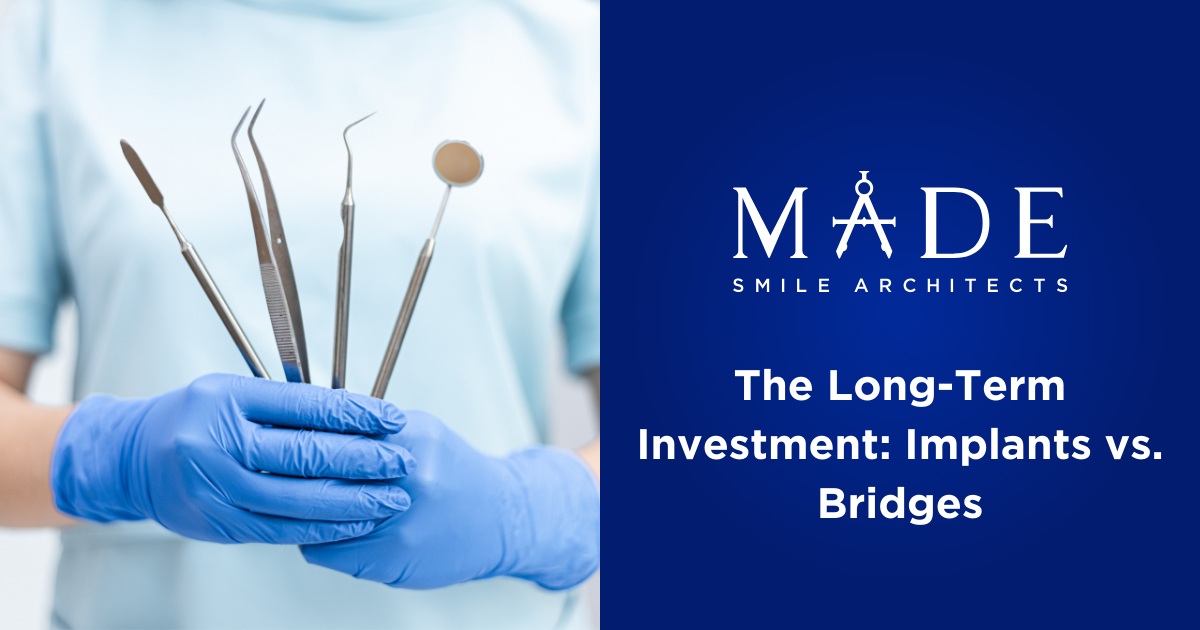Blog

Dental implants have become the gold standard for replacing missing teeth, offering a durable and natural-looking solution. However, not all dental implants are the same—there are different types designed for various needs, budgets, and oral health conditions. Whether you're replacing a single tooth or need full-mouth restoration, understanding the different implant options and their associated costs can help you make an informed decision.

When deciding how to replace missing teeth, patients often choose between dental implants and dental bridges. Both options restore function and aesthetics, but they differ in longevity, cost-effectiveness, and impact on oral health. While bridges offer a quicker and initially more affordable solution, implants provide a permanent and more durable option. Understanding the long-term benefits of each can help you make the best investment for your smile.

Getting dental implants is a transformative procedure that can significantly enhance your smile and oral health. However, the recovery process is crucial to ensuring the success and longevity of your implants. By following the right recovery tips, you can minimize discomfort, promote healing, and achieve the best possible outcome from your dental implant surgery.


